When processes run without proper flow measurement, companies lose thousands of dollars through inefficiencies and wasted resources.
Flow meters measure fluid movement using various principles including differential pressure, magnetic fields, ultrasonic signals, or mechanical methods, converting fluid motion into measurable signals.
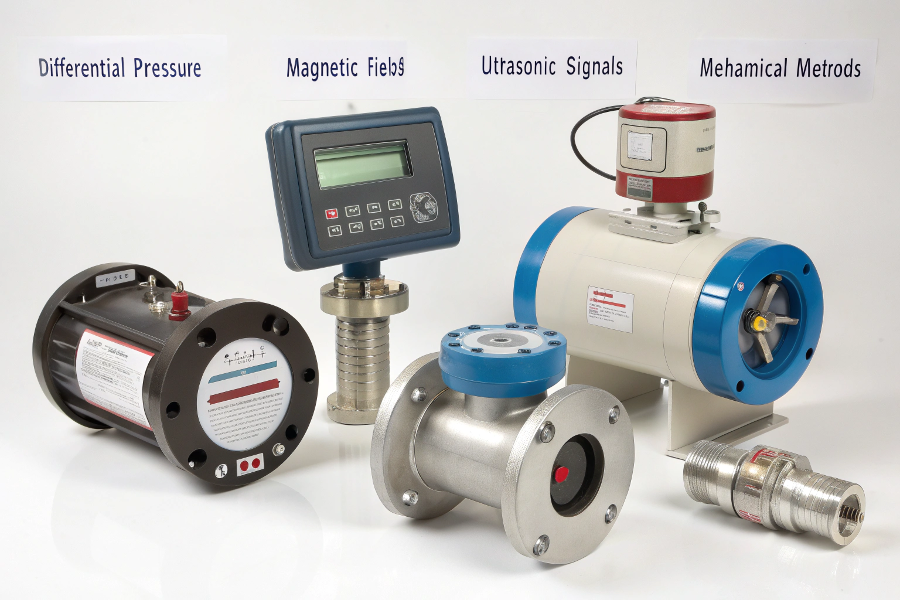
Different Types of Flow Meters
Let me share my experience with various flow meter technologies and their working principles.
How Does a Flow Meter Work?
Many engineers struggle to select the right flow meter because they don’t understand the basic operating principles.
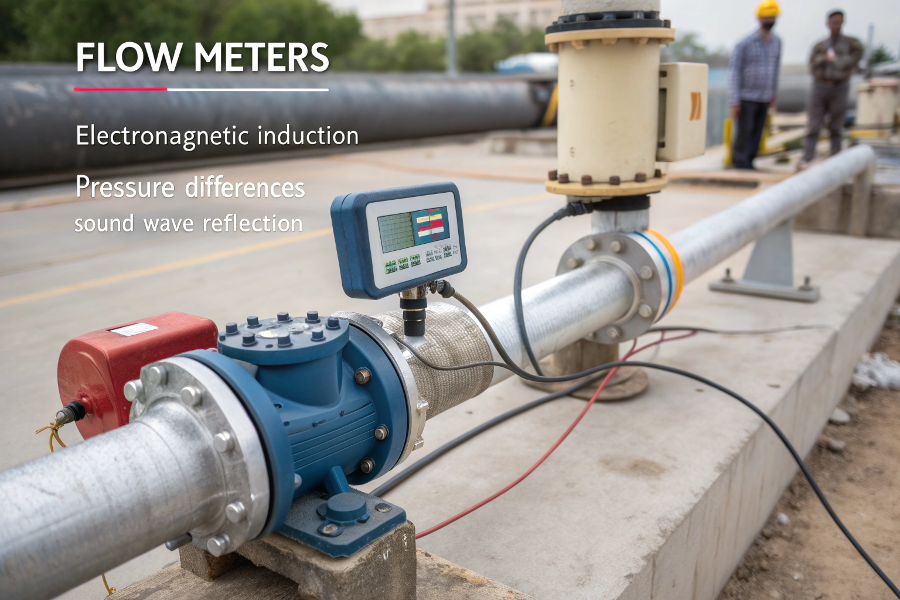
Flow Meter Operating Principles
From my technical experience:
Operating Principles
-
Common Technologies
Type Principle Best Application Magnetic Electromagnetic induction Conductive liquids Ultrasonic Sound wave transit time Clean liquids Differential Pressure difference Various fluids Coriolis Mass flow measurement High accuracy needs -
Signal Processing
- Raw signal collection
- Digital conversion
- Data processing
- Output generation
Application Considerations
-
Selection Factors
- Fluid properties
- Process conditions
- Accuracy needs
- Cost constraints
-
Installation Requirements
- Proper positioning
- Power supply
- Signal transmission
- Environmental protection
Understanding principles ensures proper selection.
What is a Normal Flow Meter Reading?
Process operators often worry about whether their flow readings are within acceptable ranges.
Normal flow meter readings depend on pipe size, process requirements, and meter type, typically ranging from 20-80% of the meter’s full scale for optimal accuracy.
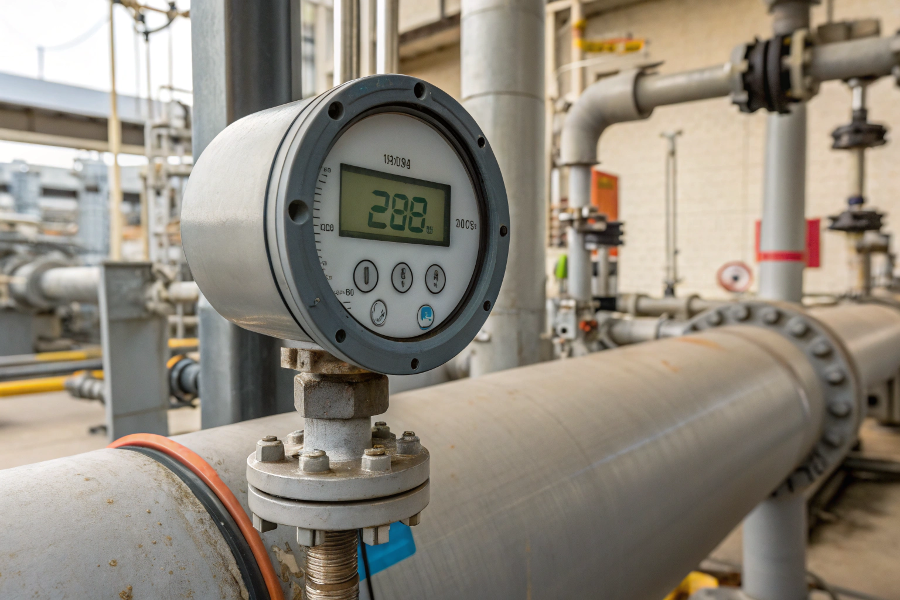
Normal Flow Reading Ranges
Based on my field experience:
Reading Analysis
-
Typical Ranges
Meter Size Normal Range Maximum Rate 1 inch 2-20 GPM 30 GPM 2 inch 5-50 GPM 80 GPM 4 inch 20-200 GPM 300 GPM 6 inch 50-500 GPM 800 GPM -
Influencing Factors
- Process requirements
- Fluid properties
- System pressure
- Temperature effects
Performance Monitoring
-
Key Parameters
- Flow velocity
- Pressure drop
- Signal strength
- Error messages
-
Documentation Needs
- Reading logs
- Trend analysis
- Calibration records
- Maintenance history
Understanding normal ranges ensures proper operation.
How to Check if a Flow Meter is Working?
Many maintenance technicians struggle with verifying flow meter functionality without disrupting processes.
To check flow meter operation, verify power supply, observe display readings, check output signals, and compare readings with process conditions.
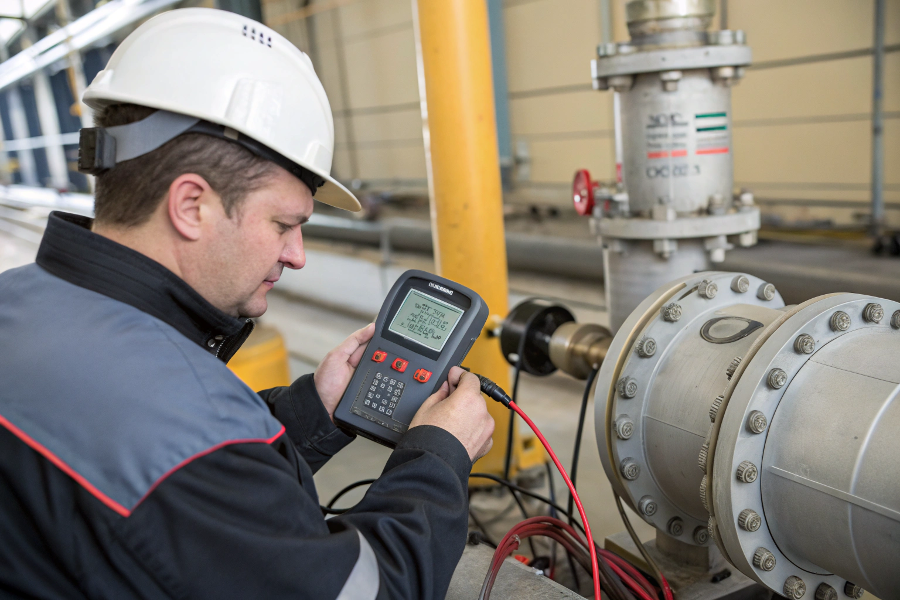
Flow Meter Checking Process
Here’s what I’ve learned:
Verification Process
-
Basic Checks
Check Point Method Expected Result Power Voltage test Specified range Display Visual check Clear reading Output Signal test 4-20mA signal Zero flow Static test Zero reading -
Advanced Verification
- Signal quality
- Error messages
- Trend analysis
- Comparative checks
Troubleshooting Steps
-
Common Issues
- Power problems
- Signal interruption
- Sensor failure
- Processing errors
-
Resolution Actions
- Basic maintenance
- Parameter adjustment
- Component testing
- Professional service
Regular checking ensures reliability.
Why Do We Put Water in a Flow Meter?
The confusion about water in flow meters often leads to improper installation and maintenance.
Water is used in certain flow meters to maintain full pipe conditions, provide reference measurements, or protect sensitive components from damage.
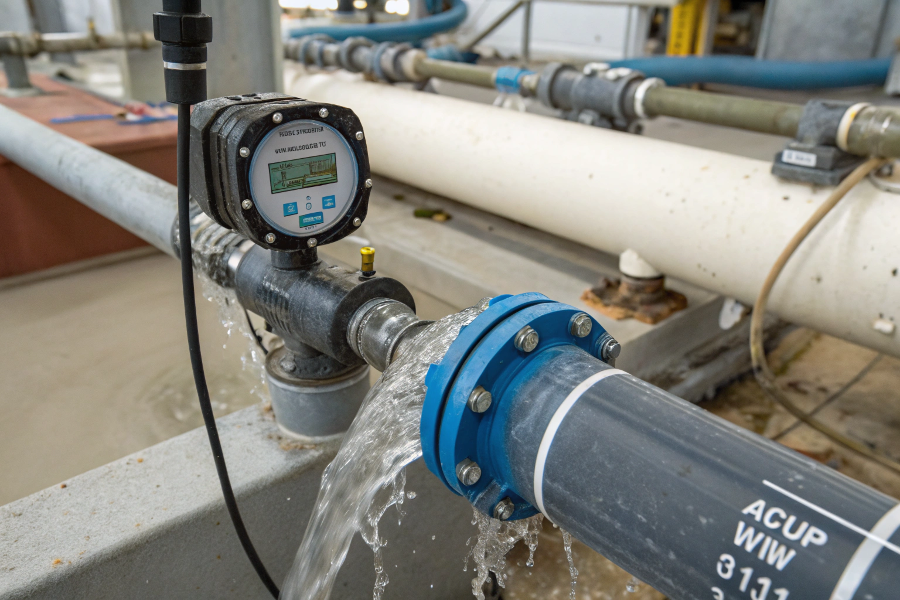
Water Usage in Flow Meters
From my maintenance experience:
Water Usage Purpose
-
Applications
Purpose Benefit Meter Type Calibration Accuracy check All types Protection Component safety Specific types Reference Zero point Differential Cooling Heat protection High temperature -
Implementation
- Fill procedures
- Maintenance needs
- Regular checks
- Replacement timing
Best Practices
-
Water Requirements
- Quality standards
- Fill methods
- Monitoring needs
- Maintenance schedule
-
Common Issues
- Air pockets
- Contamination
- Freezing risk
- Corrosion concerns
Proper water management ensures performance.
Conclusion
Understanding flow meter operation principles, normal readings, verification methods, and maintenance requirements is essential for achieving accurate measurements and reliable process control.
